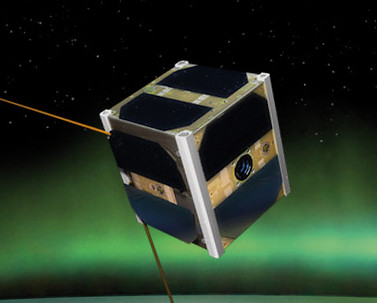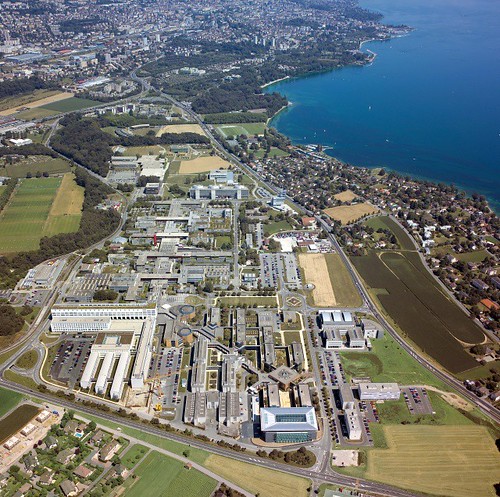Swiss Cube in Space

Yesterday’s PSLV launch carried the first Swiss satellite, built entirely by engineering students. No, its not a secret…
"Mission accomplished," said an emotional Muriel Noca, project coordinator at the Federal Institute of Technology in Lausanne (EPFL). "I can’t believe how smoothly it went as so many things can go wrong."
The SwissCube blasted off at 08.22 Central European Time (CET) on Wednesday morning from the Satish Dhawan Space Centre in southeastern India, atop the country’s Polar Satellite Launch Vehicle (PSLV).
Twenty minutes later, after ditching the four stages of the rocket, the satellite was placed in orbit at an altitude of 720 kilometres.
A first signal and sign of life brought a huge sigh of relief from the packed EPFL auditorium who came to watch the historic launch.
SwissCube was developed by students from five Swiss engineering schools, three universities and private industry partners, each "bringing their part of the puzzle" under the supervision of the EPFL.
It follows the CubeSat standard, protocols developed by Stanford University and California Polytechnic State University in the United States in 2000, which allow universities and research centres to build their own satellites.
"Building a satellite is something enormous for students. Most of them didn’t know anything about rockets or satellites when they started so we had eight people teaching the 200 students," explained Maurice Borgeaud, director of the EPFL Space Centre.
More about the students in this video…

